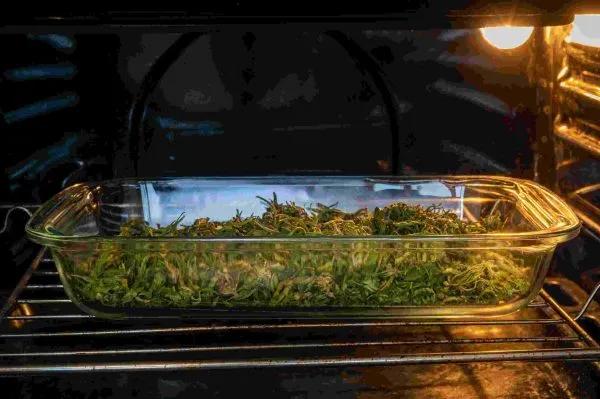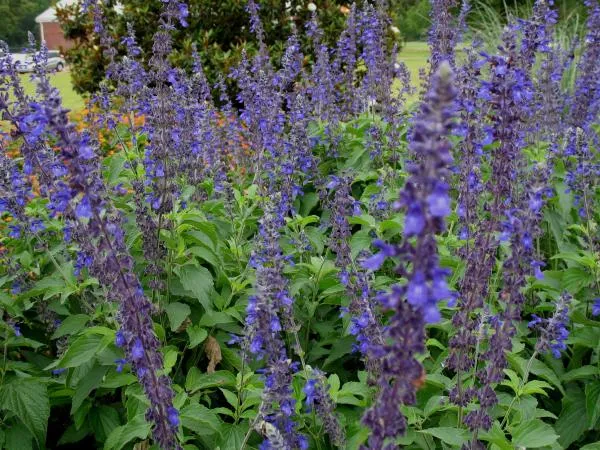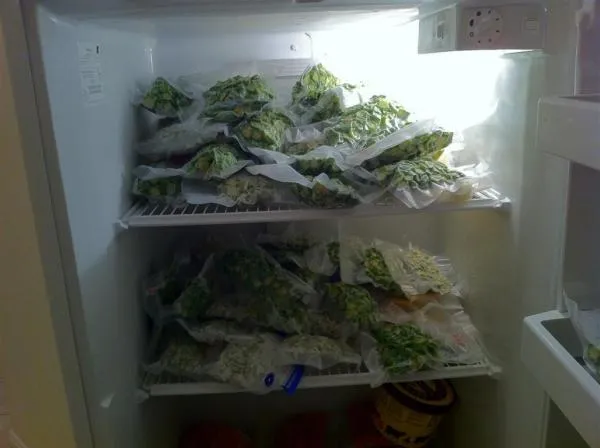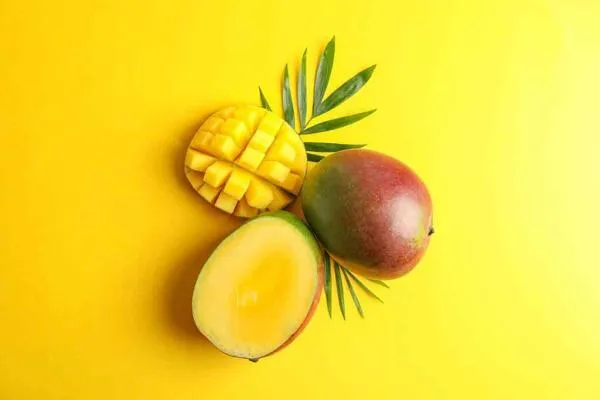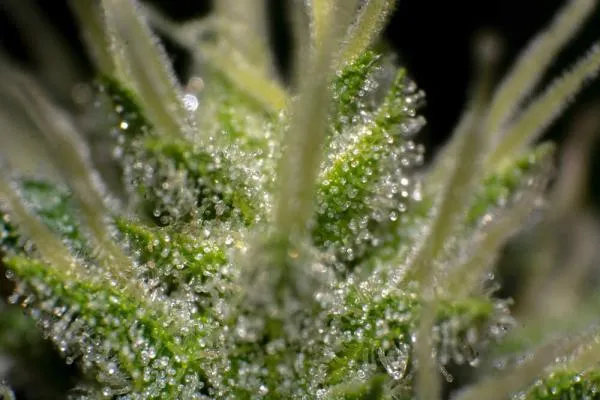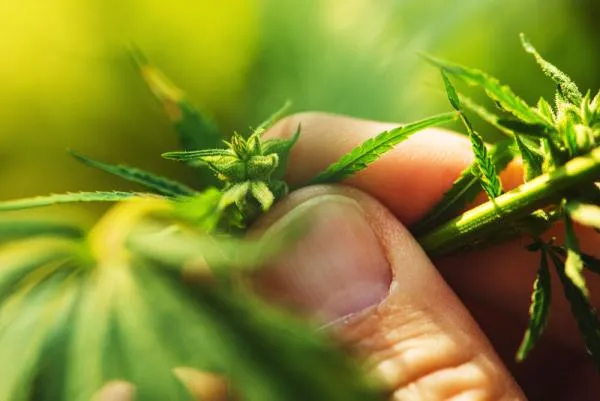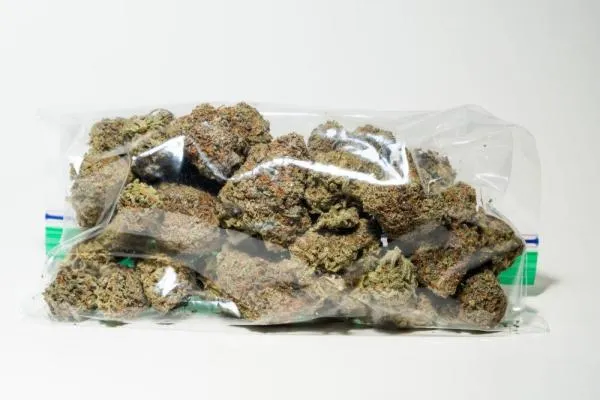What is Decarboxylation and Why is it Important?
Decarboxylation is the process that transforms the non-psychoactive cannabinoids found in raw cannabis—like THCA and CBDA—into their active forms: THC and CBD. If you've ever eaten raw weed and wondered why you didn’t get high, this is why. Without heat, your cannabis won't activate those cannabinoids that give you the effects you're looking for.
The science behind decarboxylation
In its natural state, cannabis contains THCA and CBDA. These are the acidic precursors to THC and CBD. When you heat weed—whether through smoking, vaping, or baking—it removes a carboxyl group (COOH) from the cannabinoid molecule, releasing it as CO2. This turns THCA into THC, and CBDA into CBD. That’s the activation process.
Decarboxylation is not guesswork. It’s chemistry. Get the time or temperature wrong, and you could lose potency or burn off valuable terpenes that give your weed its flavor and entourage effect.
Why decarbing weed is important for edibles and tinctures
When you’re making edibles, oils, or tinctures, there's no heat source like a lighter to activate the cannabinoids on the spot. This means you must decarb your cannabis before infusing it into butter or oil. Without decarbing, your edible may taste fine but it won’t get you stoned—or give you the therapeutic effects you’re after. So, think of decarbing as step zero in any non-smoking method of cannabis consumption.
The Best Methods to Decarb Weed at Home
There are a few different ways you can decarb your weed in a home setting. Each has its pros and cons depending on your setup, your budget, and how important it is to control smell or preserve terpenes.
Oven decarboxylation method – step-by-step
This is my go-to method because it's simple, effective, and requires no special equipment. Here’s how I do it:
- Preheat your oven to 240°F (115°C)
- Break your buds up by hand into popcorn-sized nugs – don’t grind them
- Spread the cannabis in a single layer on a baking tray lined with parchment paper
- Cover with foil if you want to reduce smell
- Bake for 40 minutes, gently shaking the tray halfway through
- Let cool before using in recipes
The result? Slightly golden, dry herb that smells roasted and is now fully psychoactive.
How to decarb weed using a mason jar (smell-reducing option)
The mason jar method is great for those of you in shared spaces or apartments. It keeps most of the smell inside while also trapping more of the terpenes.
- Preheat oven to 240°F (115°C)
- Place broken-up cannabis inside a mason jar and loosely screw on the lid
- Put the jar on a baking tray and into the oven
- Bake for 40 minutes, carefully shaking the jar every 10 minutes
- Use an oven mitt to avoid burns – the jar gets hot
This method can be slightly less efficient than open-air baking, but the tradeoff in odor control is worth it for many people.
Using a sous vide for precise cannabis activation
If you’re into culinary gadgets, the sous vide method is probably already part of your kitchen game. You vacuum-seal or tightly ziplock your weed, then submerge it in a water bath at a precise temperature.
- Set sous vide machine to 203°F (95°C)
- Place cannabis in a bag and seal tightly
- Submerge in water bath for 90 minutes
- Remove, cool, and dry before use
This low-odor method is super terpene-friendly and consistent, but does take longer.
Is a decarboxylation machine worth it? (Ardent Nova, MagicalButter, etc.)
Decarb machines like the Ardent FX or MagicalButter DecarBox take the guesswork out. You load your weed, press a button, and let the machine do the rest. They’re excellent for people who make edibles regularly.
Pros:
- Precision and automation
- Minimal smell leakage
- Great for bulk processing
Cons:
- Price tag is higher than DIY methods
- Not essential unless you’re decarbing a lot
If you’re just starting out, you don’t need one. But once you start making cannabutter every other week, it might be time.
Ideal Decarb Temperatures and Times for THC and CBD

The decarb sweet spot isn’t one-size-fits-all. THC and CBD decarb at slightly different temperatures, and pushing the temp too far can burn off terpenes or degrade cannabinoids into CBN (which is more sedative).
Adjusting temperature and time for preserving CBD and terpenes
To decarb high-CBD strains, aim for a slightly lower temperature over a longer period:
- CBD-rich strains: 230°F (110°C) for 90 minutes
- THC-rich strains: 240°F (115°C) for 40 minutes
Terpenes start to evaporate around 250°F, so the lower and slower you go, the more flavor and effect you keep. This also makes your final product more effective for medical use, as terpenes enhance the therapeutic value.
How to avoid burning your cannabis during decarbing
- Don’t go over 250°F (121°C)
- Don’t leave it in the oven for over an hour unless you’re deliberately making CBN
- Don’t grind your weed before baking; it’ll dry out and burn faster
Stay within range and always use an oven thermometer. Most ovens run hot, so don’t trust the dial alone.
How to Tell When Your Weed is Properly Decarbed

The visual and aromatic cues are clear if you know what to look for. Properly decarbed weed will:
- Turn a golden brown or light tan color (not green)
- Feel dry but not crispy
- Have a roasted, nutty aroma
If your weed is dark brown or black, it’s gone too far. If it’s still green and moist, you haven’t heated it long enough. Remember: decarbed weed won’t look or smell like what you put in.
Common decarbing mistakes and how to avoid them
Decarbing isn’t hard, but it’s easy to mess up if you rush. Here are the most common mistakes I see:
- Using too high heat: You’ll burn cannabinoids and terpenes
- Not preheating the oven: Causes uneven heating and poor activation
- Skipping the thermometer: Oven dials lie. Use a cheap oven thermometer to stay accurate
- Grinding weed too fine: Leads to hot spots and burnt plant material
- Storing it wrong after decarbing: Always store in airtight containers, out of light and heat
Take your time. A proper decarb gives you more potent edibles and better bang for your bud.
How to Use Decarbed Weed
Once decarbed, your cannabis is ready for just about anything. You’ve activated the THC or CBD—now it’s time to infuse, blend, or even just sprinkle.
Making cannabis edibles, oils, and tinctures
Decarbed cannabis can be infused into:
- Butter or coconut oil for brownies, cookies, or savoury meals
- Olive oil for salad dressings and pasta
- Tinctures using high-proof alcohol
Infuse gently over low heat (around 160°F to 180°F) for 1–3 hours, strain, and store. The final strength depends on your weed’s potency and how much you used.
How much decarbed weed to use in recipes
Start low and test the potency before using a lot. I typically use 1 gram of decarbed weed per ½ cup of butter. That’s around 150–200mg of THC per stick, assuming 20% THC content.
Use an edible calculator or titration method to get it dialled in. You don’t want to ruin your night with too much THC.
Can you smoke or vape decarbed weed directly?
You can absolutely smoke decarbed weed, but it’ll be harsher and less flavorful because some terpenes are gone. It’s also more crumbly, so it burns fast. I wouldn’t recommend it for joints or bowls, but it does fine in a dry herb vaporizer set at a low temperature (350°F or so).
If you’re out of fresh flower, it’s a decent fallback. Just don’t expect a gourmet session.
Decarboxylation is one of the most important steps in making effective cannabis products at home. Whether you're making edibles, tinctures, or oils, taking the time to decarb your weed properly means unlocking its full potential. By following the techniques outlined in this article—whether using your oven, a mason jar, sous vide, or a dedicated machine—you'll be able to activate your cannabinoids efficiently and consistently. Remember, good weed deserves good treatment, and getting your decarb right is where it all starts.
